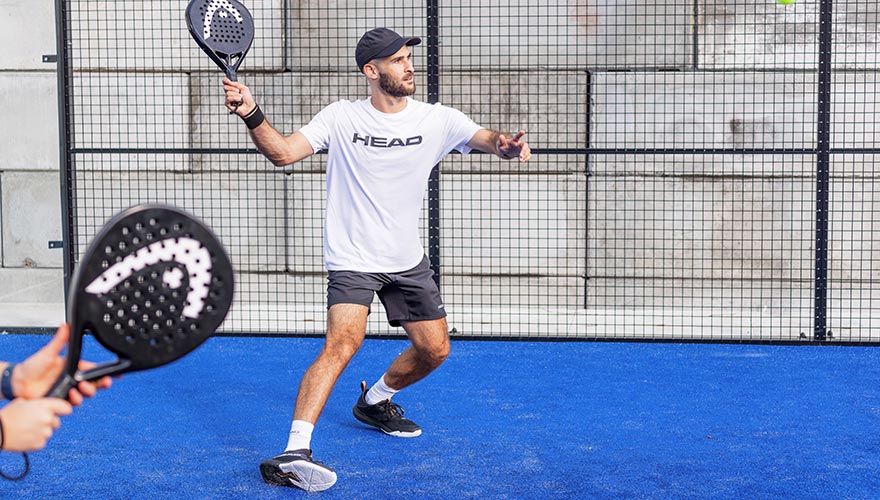

Understanding the Costs of Building a Padel Court A Supplier's Perspective
Padel, a rapidly growing sport combining elements of tennis and squash, has gained immense popularity around the globe. As the demand for padel courts increases, so does the interest in understanding the costs involved in constructing one. For anyone considering building a padel court, it is crucial to grasp the various factors that influence costs and to identify reputable suppliers who can provide what is needed.
The Basics of Padel Court Construction
Building a padel court involves a variety of components, including the court surface, walls, lighting, and net system. The primary choices often come down to the materials used and the specific design of the court. Generally, a standard padel court measures 20 by 10 meters, enclosed by glass walls, and features a synthetic playing surface.
Initial Cost Estimates
The cost to build a padel court can vary widely depending on several factors. On average, the total cost can range from $25,000 to over $60,000. This price range includes many variables such as location, labor costs, material quality, court accessories, and the overall complexity of the project.
1. Surface Materials - The playing surface can significantly affect the overall budget. Options like artificial grass, concrete, or specialized padel court flooring each come with different price tags. Premium materials tend to enhance playability and durability but will increase initial costs.
2. Structural Components - The walls of the court are crucial for gameplay. Glass walls are standard in higher-quality courts, providing visibility while allowing for dynamic play. The type of glass (tempered, laminated, etc.) and the structural integrity required will consequently affect costs.
3. Lighting - A well-lit padel court ensures play can continue well into the evening. High-quality lighting systems, essential for providing adequate illumination without harsh shadows, will also add to the bill. Energy-efficient LED systems, while more expensive upfront, can reduce long-term energy costs.
4. Fencing and Accessories - Fencing is necessary to ensure safety and define the playing area. Additionally, spending on accessories such as nets, benches, and water facilities can further impact the overall budget.

5. Land Preparation - Clearing and preparing the land can also come with considerable costs depending on the terrain. Drainage systems may need to be installed to ensure the court remains playable in adverse weather conditions.
Choosing the Right Supplier
When it comes to building a padel court, the choice of supplier is fundamental. A good supplier will not only provide high-quality materials and equipment but also offer valuable insights into the construction process. Here are some factors to consider when selecting a supplier
1. Experience and Reputation - Look for suppliers with a proven track record in building padel courts. Reviews and testimonials from previous clients can offer insight into their reliability and professionalism.
2. Comprehensive Services - A supplier that provides end-to-end services—from design through to construction—can simplify the process and ensure consistency in quality.
3. After-Sales Support - Maintenance and support are essential aspects of any sports facility. Ensure that your supplier offers reliable after-sales support, including maintenance services, to help keep your court in top condition.
4. Cost Transparency - Suppliers should provide a detailed breakdown of costs, including materials, labor, and potential additional expenses. This transparency helps avoid unexpected costs down the line.
5. Customization Options - Each padel court can be tailored to specific needs. Reliable suppliers should be able to offer customization options based on the intended usage of the court, be it for recreational play, a professional facility, or a community project.
Conclusion
Building a padel court is an investment that can yield substantial returns in terms of sports participation and community engagement. By understanding the costs involved and carefully selecting a reputable supplier, one can ensure that the process is smooth and that the resulting court meets both quality and performance expectations. As the sport continues to grow, investing in a padel court could pave the way for fostering local talent and building a vibrant sporting community.
High-Performance Industrial Flooring Solutions China Paddle Tennis Court for Sale
High-Performance Industrial Flooring Solutions Durable & Cost-Effective
Homogeneous Transparent Floor – Durable & Stylish Rubber Floor Solutions
Premium Homogeneous Transparent Floor for Durable & Stylish Spaces Rubber Floor Solutions
Premium Sports Floor Solutions Durable PVC Sports Floor & Rubber Floor for Gyms
Durable Rubber Composite Floor Premium Rubber Floor & Mats Solutions